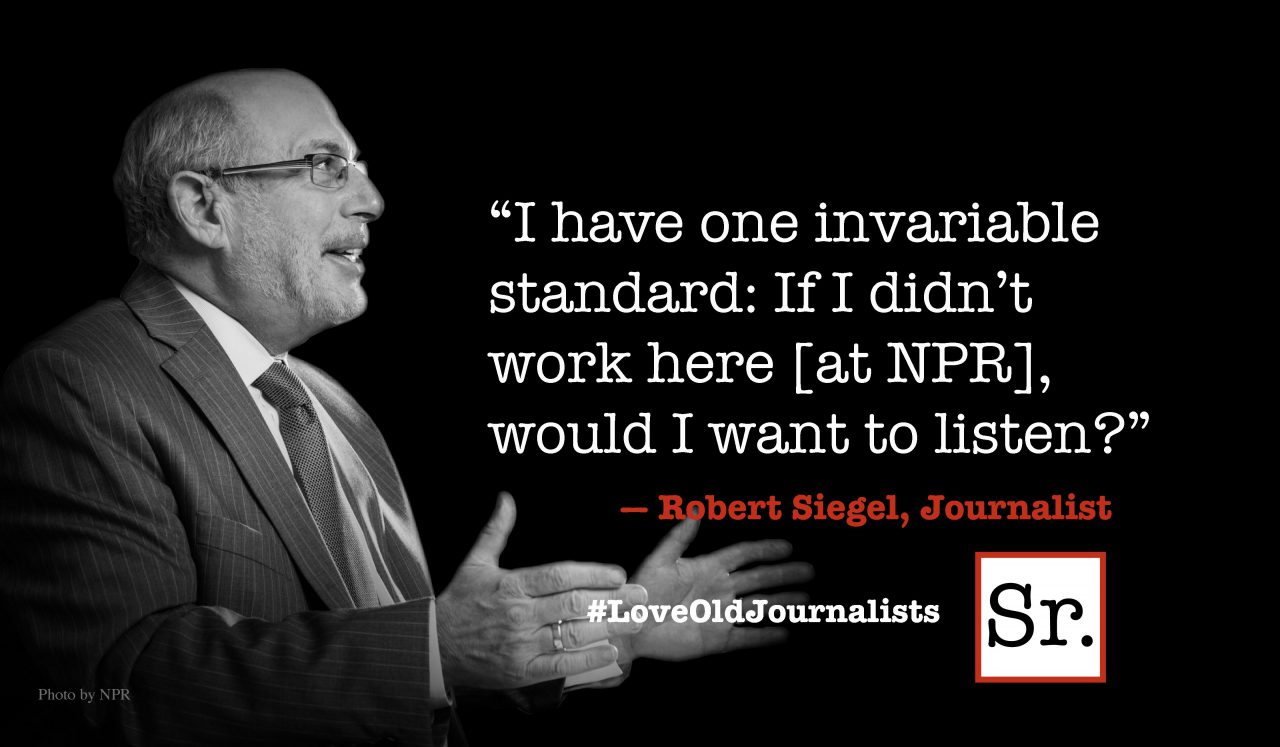(This is the last installment of a three-part series on breast cancer.)
Breast cancer strikes most often when men are in their sixties.
Male breast cancer? Men do have breast cells that can become cancerous. The disease is uncommon in men. It represents only 1 percent of all breast cancers. Because of its rarity, many men aren’t aware it exists. And that’s a problem.
For unknown reasons, the incidence of male breast cancer has been increasing. About 2,000 men in the U.S. are diagnosed with breast cancer annually.
Young boys and girls have a small amount of breast tissue made up of a few ducts. At puberty, female hormones in girls make breast ducts grow, milk glands form and fat increase. The male hormones in boys prevent further growth of breast tissue. Men's breast tissue contains ducts, but only a few if any lobules.
The most common symptom of male breast cancer is the same as it is for women — a lump. Other signs include: skin dimpling, a new indentation of the nipple, redness or scaling of breast skin, a clear or bloody discharge from the nipple.
Some risk factors for male breast cancer are:
Age. The average age for a man diagnosed with breast cancer is 67.
Family. About 20 percent of men with breast cancer are related to someone with the disease.
Genes. About 7 percent of breast cancers in men are inherited.
Radiation. There’s a higher risk to men who underwent chest radiation treatments when they were younger.
Klinefelter Syndrome. Men with this syndrome make lower levels of male hormones — androgens — and more female hormones. This can cause gynecomastia, benign breast enlargement. Men with this condition may be at greater risk of breast cancer. Many medicines used to treat ulcers, high blood pressure, and heart failure can cause gynecomastia, too.
Estrogen. The risk is small for men who take estrogen — the main female hormone. Estrogen drugs may be used to treat prostate cancer.
Liver disease. This can increase your risk of gynecomastia and breast cancer.
Obesity. Fat cells convert androgens into estrogen.
Alcohol. Drinking alcohol raises the odds that a man will develop breast cancer. The risk increases with the amount of alcohol consumed.
If a man has a family history of the disease, he should consult a doctor about regular testing. Diagnostic tests for men include a clinical breast exam, mammograms, ultrasound, biopsy and, if indicated, a nipple discharge exam.
Breast cancer treatment for men is similar to that given to women. Some men may need only surgery. Others will need surgery and radiation, chemotherapy or hormone therapy.
There isn’t much tissue to a man's breast, so removing the cancer usually means excising most of the tissue. The procedures that are used on women to save breast tissue aren’t practicable for men.
Most men with breast cancer require a modified radical mastectomy. In this procedure, a surgeon removes the entire breast and some underarm lymph nodes, but leaves chest muscles intact.
If you would like to read more columns, you can order a copy of “How to be a Healthy Geezer” at www.healthygeezer.com.








